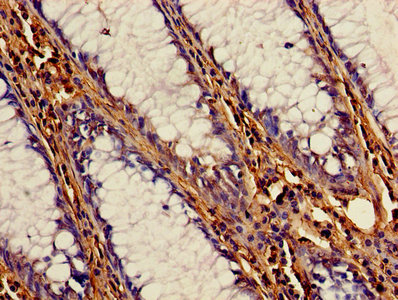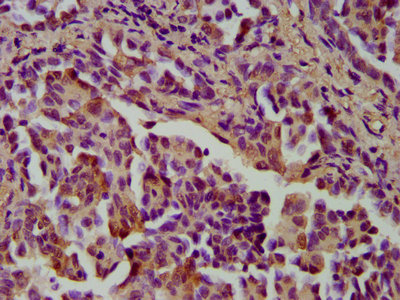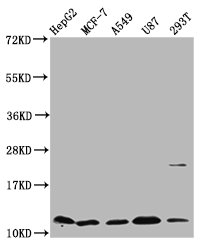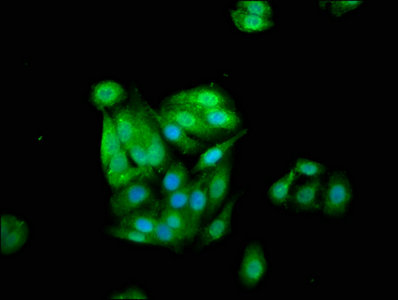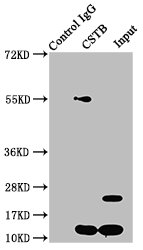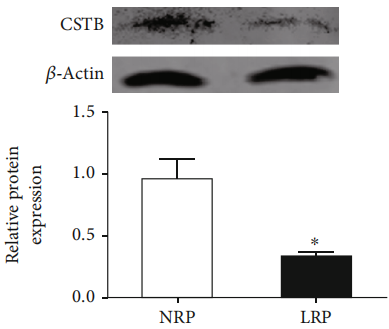The CSTB polyclonal antibody is produced in rabbits using recombinant human CSTB (1-98aa) as an immunogen. This antibody can be used to detect CSTB protein in human samples. The antibody has been purified using Protein G, reaching up to 95% in purity.
The CSTB antibody can be used to study the function and regulation of CSTB protein in a variety of applications, including ELISA, WB, IHC, IF, and IP. In ELISA, this CSTB antibody can be used to quantitatively detect CSTB protein in a sample. In WB, it can be used to detect the presence of CSTB protein in a sample and determine its size. In IHC, this CSTB antibody can be used to detect the localization and expression levels of CSTB protein in tissues. In IF, this CSTB antibody can be used to detect the presence and localization of CSTB protein in cells. In IP, this antibody can be used to isolate and purify CSTB protein from a complex mixture of proteins.

